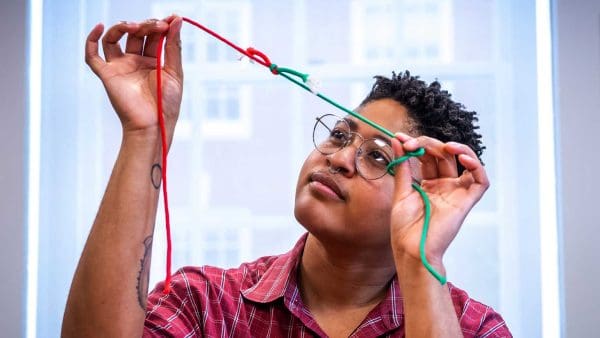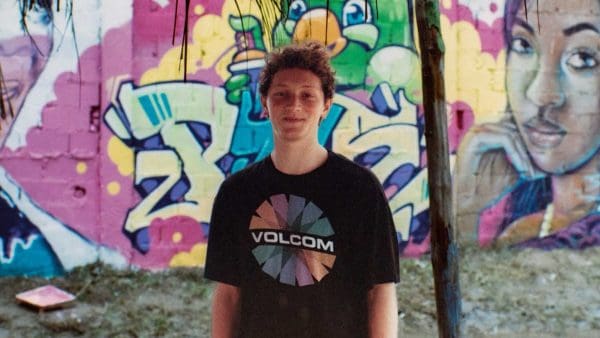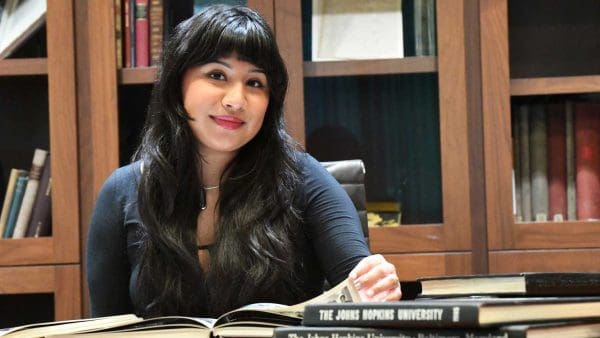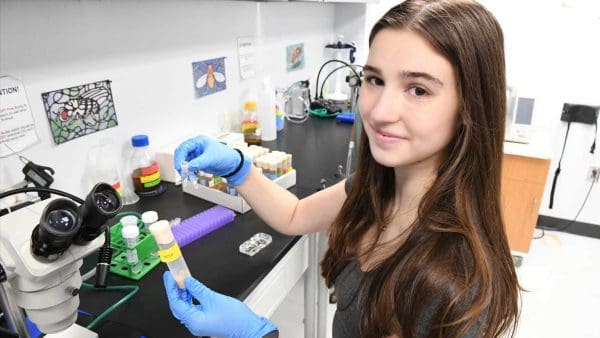Our study of the universe is something like flipping through a photo album. Since light takes time to travel through the immense distances of space, a snapshot of the distant universe captures galaxies as they were in their infancy, while closer observations show galaxies in later stages of adulthood.
Doctoral student Ezra Sukay is filling in missing pages of the album, studying galaxies at “cosmic noon,” the time period roughly 10 to 11 billion years ago when the universe formed the majority of its stars. By using existing data and new observations from the James Webb Space Telescope, Sukay is examining how, why, and when galaxies form stars, and how those processes shape galaxies.
“I’m interested in how galaxies change over time, things that we think are major drivers of galaxy change,” he says.
As stars die in energetic explosions called supernovae, they propel gas and dust out of the galaxies as “outflows.” But how much mass is being launched out of the galaxies, how fast it’s traveling, and where outflows launch from their galaxies are all open questions. Computer models suggest that outflows are a key part of galaxy evolution, Sukay notes, and this research will help define their role. “Simulations show that if you don’t have outflows, galaxies form a lot of stars very quickly and then don’t have material left to form stars later in the universe—but when we look at galaxies now, they’re forming stars.”
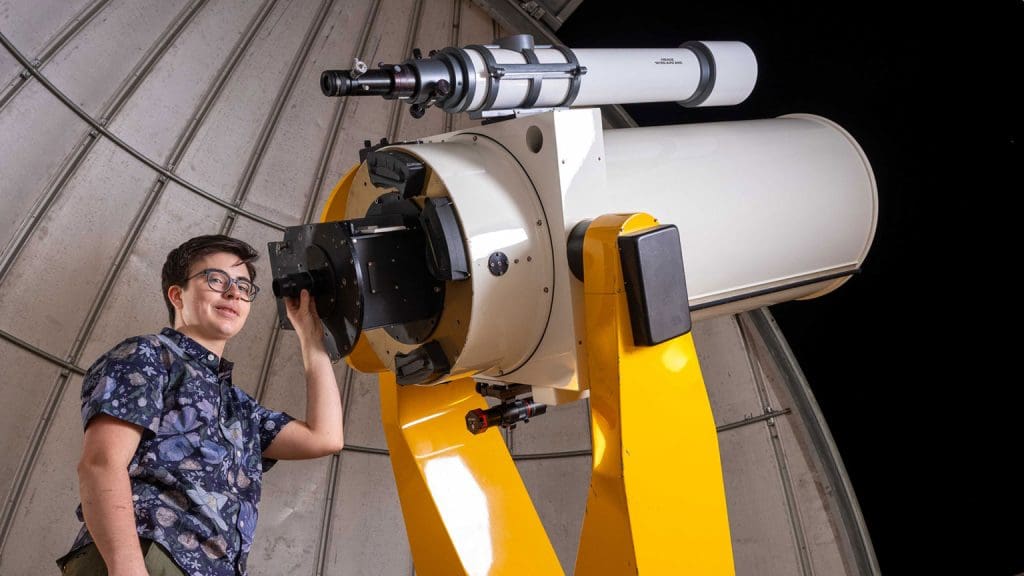
The new data difference
Sukay uses the Webb to obtain spectroscopic data, light separated into its component colors in order to analyze the individual wavelengths. Previously, astronomers would have been limited to studying outflows in data from when the universe was about 3 billion years old, but with the Webb they can observe galaxies that existed when the universe was 1 billion years old and beyond. “We’re in the wild west here, trying to put together a scientific story behind what we’ve been seeing over the past two, two-and-a-half years,” Sukay says.
In addition to his research, Sukay was the 2024 Maryland Space Grant Consortium Observatory Fellow, responsible for outreach events like telescope viewing nights on the Johns Hopkins campus.
“Scientists I admire tend to be involved in outreach in some way—either trying to make opportunities for people to have a chance to do science, or by trying to make astronomy more accessible to more people, so more people know it exists,” he says. “I think in the most basic way, that’s the capacity in which I’m most able to bring joy to people’s lives.”

